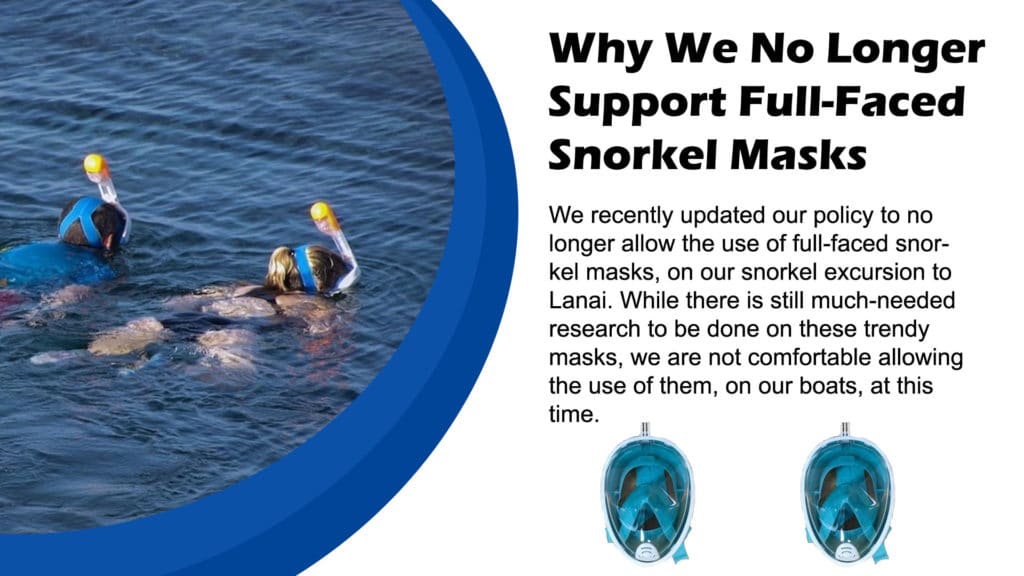Best Banana Bread on Maui - HOP to it
They said it was a fool's errand to try to name the best banana bread on Maui. On any given day, the "best" may change due to baking conditions. Maybe the day we visit is especially humid and throws off the preparation. Maybe there was a bad bunch of bananas. Or the water was "funny." You get the picture. We barreled ahead anyway. For the most part, we've been eating banana bread on Maui for years, so it's not like a single bad visit is going to throw us off. We have plenty of institutional knowledge on this topic. Here then are our five favorite banana breads on Maui.
We're going to take the wimpy way out and declare a tie for the title of the best banana bread on Maui. Both Aunt Sandy's and Julia's are ridiculously good.
Aunt Sandy's Banana Bread (Road to Hana, mile marker 17)
What makes Aunt Sandy's so good? No one is really sure. We think it's probably the locally ripened bananas, but Aunt Sandy may put a little magic into her bread. It's always super moist, not too sweet and the texture is divine. We know people who, because of a craving, have driven out to Hana just for Aunt Sandy's, bought a couple of loaves, and drove home. Crazy! (Aunt Sandy's Banana Bread)
Julia's Best Banana Bread (Kahakuloa)
If you think the Road to Hana can be a tough drive, it ain't got nothing on the Kahekili Highway. You can reach Julia's from both Lahaina and Wailuku, traveling in opposite directions. But the highway from both directions is rough. Hairpin turns on a one-lane roads with a deathly drop down a cliff into the ocean is no one's idea of a fun drive. But the payoff, arguably the best banana bread on Maui, is so worth it. There's nothing fancy about it. It just tastes darn good. (Julia's Best Banana Bread)
The rest...
Grandma's Coffee House (Haiku) Located way upcountry in Haiku, getting to Grandma's from the west side is a bit of hike, but you won't be upset you made the drive. Right about now, you're probably wondering if it's a prerequisite to drive for hours for banana bread. The answer is no. Just keep reading. Anyway, Grandma's is an old school shop with wonderful breakfast and coffee... and banana bread. At Grandmas's there a number of varieties of banana bread, but we stick with the classic. Again, for some reason, the banana bread here has "something" that just makes it better than most banana breads you'll find on the mainland. (Grandma's Coffee House)
Four Sisters Bakery (Wailuku)
Located in a tucked away building in Wailuku, Four Sisters can be a little hard to find, but trust your GPS. Getting here is nothing compared to Julia's or Aunt Sandy's! Once you find it, order one of everything. They are probably best known for their butter rolls and their malasadas. But the banana bread is truly fantastic. Try the mango bread, too. You won't be disappointed. As the Wailuku location is fairly close to the airport (about 15 minutes away), many people will grab the banana bread as gifts for friends and family back home. If you do this, we recommend packing it in your suitcase or it might not make it back! (Four Sisters Bakery)
Sweet Aloha Baking Company (Lahaina)
Better known for their amazing cinnamon rolls, Sweet Aloha Baking Company also makes fresh banana bread every day. On top of the standard banana bread, they also make it with chocolate chips (our favorite) and macadamia nuts. We recommend eating the cinnamon rolls right away and squirreling away the banana bread for a nice mid-day snack. (Sweet Aloha Baking Company)
Do you have a favorite place for banana bread on Maui? Please share in the comments below.
